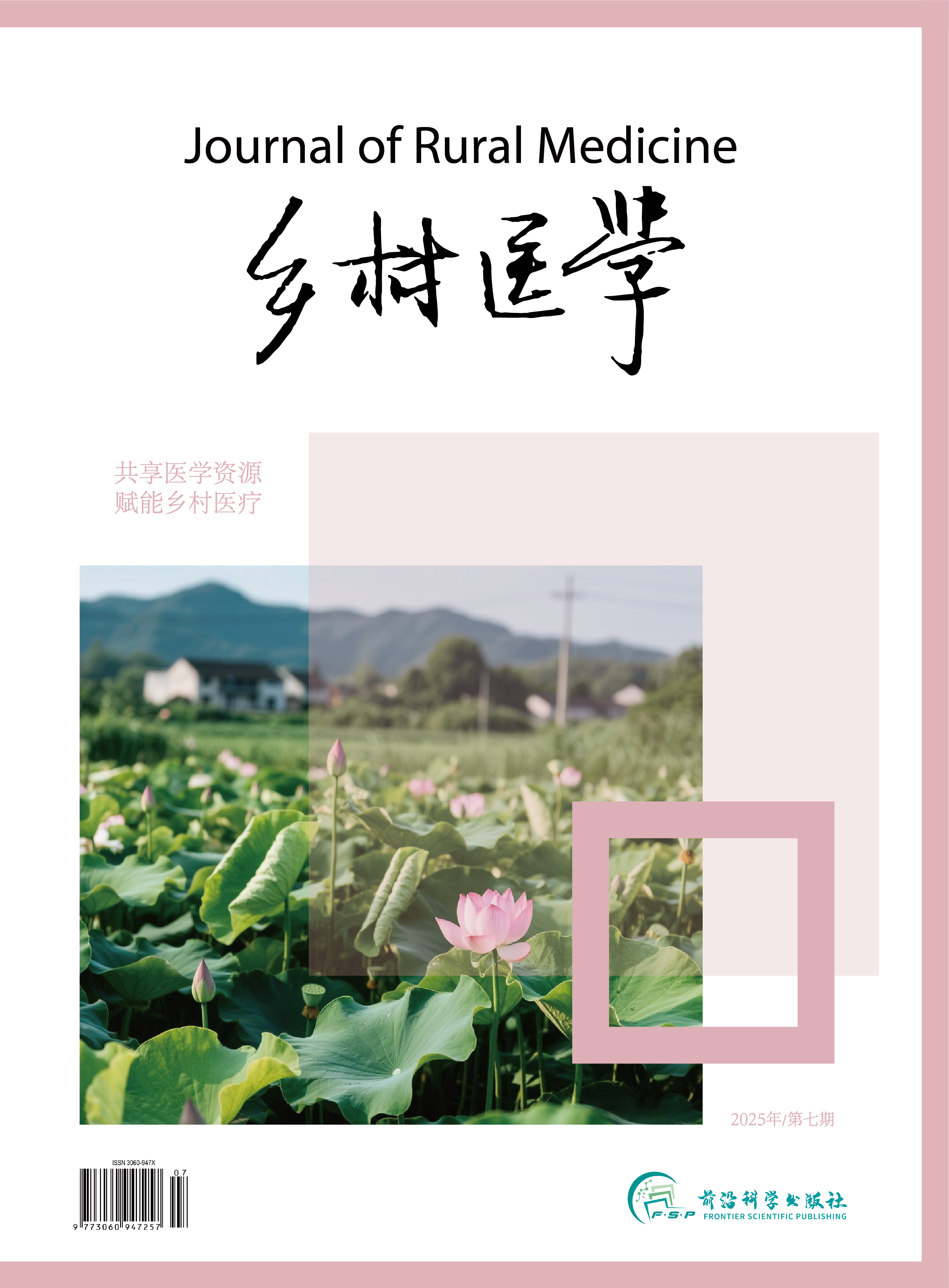Effect of Patient Transfer Status in General Practice Department of Tertiary General Hospital on Standardized Training of General Resident Physicians
Keywords:
General Practice Department, Inter-Departmental Transfer, Residency Standardized TrainingAbstract
【Abstract】Objective:To collect the data of inpatient transfer of general medicine department in tertiary general hospitals, analyze the status quo of patient transfer in general medicine department of Xi’an Jiaotong University Second Affiliated Hospital, and influence on standardized training of general resident physicians, so as to provide reference for improving the teaching management ability of general medicine.Methods:Transfer records of GPD inpatients (2021–2024) were extracted from the hospital information system. Demographic data, transferred departments, transfer reasons, diagnoses, and treatment recommendations were systematically analyzed.Results:Patient profile 3,803 inpatients (male: 1,934; female: 1,869), aged 18–99 years (mean age: 65.3±12.8 years).Transfers: 160 cases involved 14 clinical departments. Top 5 receiving departments: Intensive Care Unit (ICU), Cardiology, General Surgery, Orthopedics, and Respiratory Medicine.Transfer reasons: Establishing definitive diagnoses (28%), specialized examinations (24%), multidisciplinary therapy (22%), and specialized valuations (18%).Treatment recommendations Diagnostic confirmation (35%),surgical/interventional therapy (30%), and comprehensive evaluation (25%).Conclusion:The GPD primarily manages common and prevalent diseases across multiple systems.Transfer patterns reflect the clinical demands and characteristics of tertiary hospitals. Analyzing transfer status helps address limitations in general practice, improve care quality, and advance efficient collaboration between generalists and specialists, thereby supporting the hierarchical medical system.
Published
Issue
Section
License
Copyright (c) 2025 刘聪蕊, 梁佳莹, 贾立斌, 李萍, 赵晓静 (Author)

This work is licensed under a Creative Commons Attribution-NonCommercial-NoDerivatives 4.0 International License.

